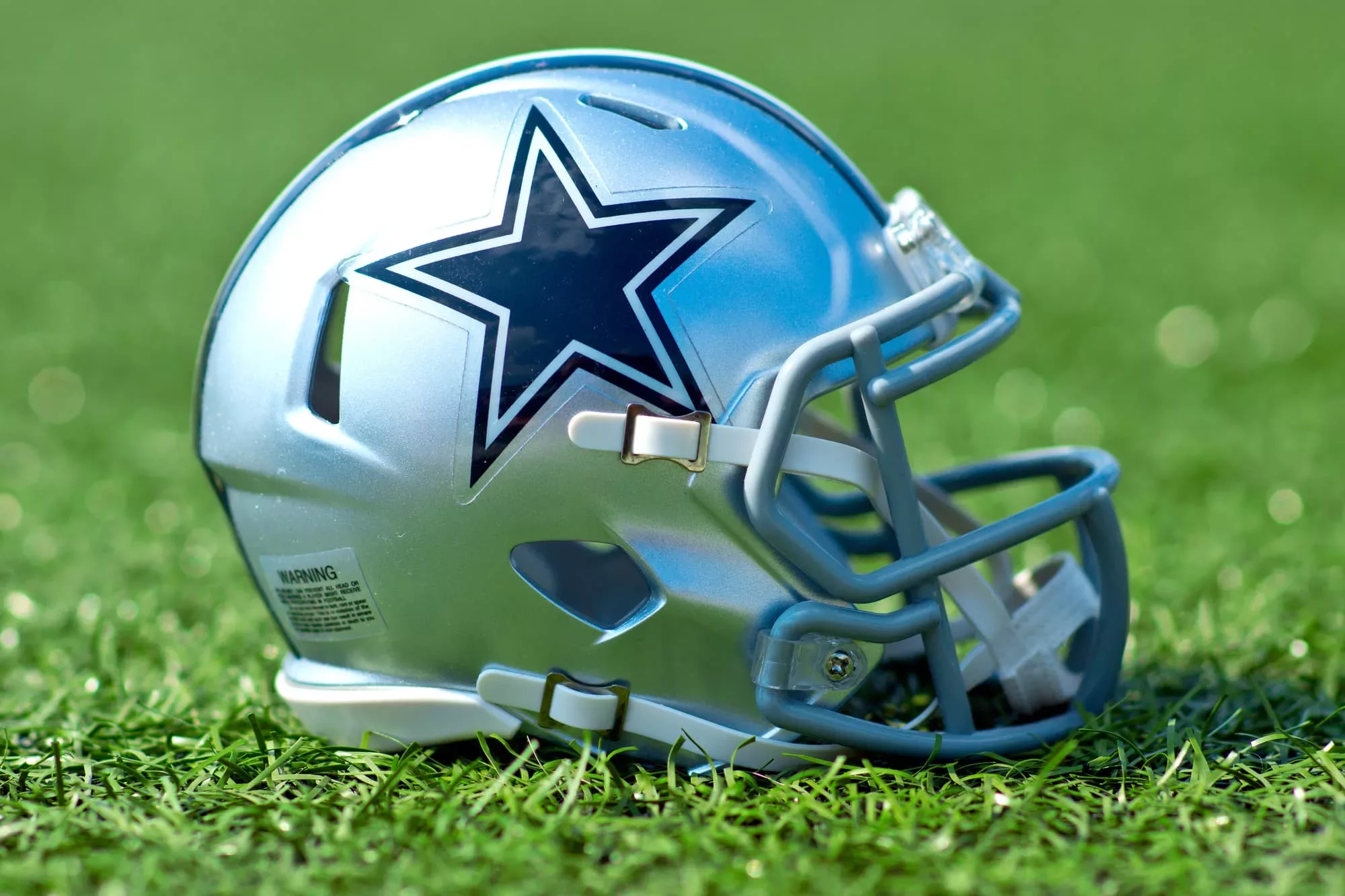Published on 26 Sep 2022 9:26 pm (UK Time)
If you’re passionate about sports, then starting your own sporting goods retail store could be a dream job. But if you’re going to do it, you need to follow the right process to give yourself the best chance of success.
That’s why we put together this article. It covers the seven key steps to opening a sporting goods retail store to help you turn your dreams into a reality.
Let’s get started.
1. Establish a Business Plan
The first thing you need is a business plan. The key question you want to answer here is why people will choose to buy their sporting goods from you instead of on Amazon or from another local store.
Maybe you can stand out with same-day local deliveries through a company like DoorDash. Or, perhaps, your goal is to create a better shopping experience with more products to choose from, better customer service, and more affordable prices.
Your business plan should seek to establish a competitive edge and show how you will make it happen without spending too much money.
It’s really important to have a solid business plan in place before you spend time and money on launching your business.
2. Choose a Location
Location is extremely important for your retail business. If your store is too far out of the way, then fewer people will take time out of their days to visit it. On the other hand, if you want to get as much traffic as possible through your doors, then you should try to find a central location that is easily accessible to the bulk of your local population.
Another good strategy is to select a location that’s near other major stores in your area. For example, if you can get your retail sporting goods store located in a mall that people visit all of the time, then you’re likely going to benefit from having access to that already-existing traffic.
3. Stock Your Store
After you’ve selected a location, you’ll be ready to start stocking your store. As you’re doing this, pay attention to factors like which season it is and what products offer you the most profit per sale.
Factors like these can impact both what you stock and how you display items in your store. For example, you’ll want to feature items that are both relevant to the season and highly profitable for you.
4. Begin the Hiring Process
Now you’re ready to start building out your team and making your first hires. You can use online job sites and local resources to post help-wanted ads and describe what you’re looking for.
As a new company, it often makes sense to keep your number of employees as low as possible for at least the first few months. That way, you can keep your costs low while assessing the performance of your business and what it needs to thrive.
Research shows that the average training cost per employee is about $1,250. That means it’ll also be important to do all you can to encourage employee loyalty. Otherwise, your hiring and training costs could be much higher than anticipated.
5. Protect Your Business
Before you move further ahead with your business plan, it’s important to take a minute to ensure that your business is protected from unexpected expenses.
As a business owner, you could potentially incur many unexpected charges, such as:
- Legal fees
- Property damage
- Workers’ compensation payouts
- Unexpected closures
- Malfunctioning equipment
- And more
That’s why it’s important to get an insurance plan that can help you cover the costs of these types of things.
Liability insurance covers everything from slip-and-fall injuries and property damage to reputational harm and customer medical payments.
If you’re looking for a single insurance plan that can help you mitigate your risks so that you’re ready to move forward with your business strategy, liability insurance may be your best bet.
6. Market Your Store
Now you’re ready to begin marketing your store to the masses so that you have interested customers from the very first day. There are a few different strategies you can use to do this.
The first option is to advertise in local resources like paper, billboards, the radio, and local TV channels. These options can be a great way to connect with your target audience before your big opening.
You can also connect with potential customers online through digital marketing initiatives. This may involve PPC advertising, SEO, and social media campaigns, among other strategies.
7. Have Your Grand Opening
Finally, we’ve covered all of the tasks that stood between you and your store’s grand opening. So now, you’re finally ready to complete this journey, open up your sporting goods store and see what happens.
If you don’t succeed right away, don’t be discouraged. You’ll gather data as you go, which can help you refine your marketing strategy, the products you carry, and more so that you’re constantly improving until you get to where you want to be.





















Discussion about this post